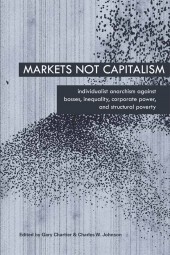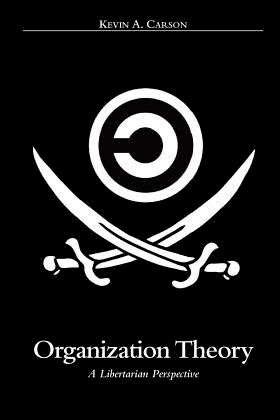Roxanne Shirazi, a librarian at CUNY, recently commented on the AI hype in her field:
I attended a library vendor AI demo/upsell today and I wish I could explain to them that everything they are selling could be achieved by hiring like two more people in our library.
And yet this entire team was dedicated to exploring, developing, packaging and marketing a tool that would need constant updating to use the latest models, at unstable pricing because nothing can be predicted as far as costs, using ridiculous amount of resources…all for what? Two people?
I’m guessing that, thanks to proprietary business models and walled garden designs, the product also costs a lot more than hiring two more people. But never underestimate the stupidity of someone with a business degree who automatically thinks screwing over workers is “good business sense.”
Someone else noted that the company could go under at any time, or just stop updating it or discontinue and brick it. Or misuse library patron data. Kate Crowe, another librarian, speculated that “it’s very likely vaporware that would take up more existing staff time than it would save.”
See: a demo of a cataloging tool that was supposed to use image analysis to create basic catalog records that assigned different format library terms to the same file formats but identified a 20th c tuberculosis sanatarium patient record as a mid 19th c Freedman’s Bureau record with “86% confidence.”
Daniel Harper, cohost of the I Don’t Speak German podcast, made the vital point that “every business student gets it drilled into their head that ‘your highest controllable expense is labor’ and very few of them ever question that assumption the rest of their lives.”
Exactly. William Waddell and Norman Bodek wrote a book — The Rebirth of American Industry — arguing that it’s virtually impossible to organize genuine lean production in a corporation using standard management accounting practices. What they call “Sloanist” accounting — the GAAP principles formulated by Donaldson Brown at Dupont and then at GM — treats labor as the only cost, and lumps capital and administrative costs into overhead. And this overhead is actually treated as an asset because, via “overhead absorption,” it is incorporated into the internal transfer price of goods “sold” to inventory. The higher your overhead, the more value you have on the books sitting in that warehouse full of unsold inventory. Waddell and Bodek, working as lean consultants, constantly tried telling management “Look, labor is about 6% of your unit costs. Maybe you should try cutting something else instead of hollowing out vital human capital.” Of course management looked at them like they’d grown additional heads.
The reason genuine lean production is impossible in a corporation using “Sloanist accounting” is that its metrics create incentives directly at odds with lean.
And because of the combination of this accounting culture and the administered/cost-plus pricing enabled by cartelized markets, corporations wind up with the same culture as Pentagon contractors who have a positive incentive to maximize waste in everything but labor, and pour enormous amounts of money down the rathole via wasteful capital expenditures.
It doesn’t just work that way in manufacturing, either. For example, in the hospital where I worked, they fanatically cut patient care staff to the bare bones, despite skyrocketing costs from resulting adverse patient outcomes. Then turned around and spent $15k on a digital, internet-connected photocopier for the 30-bed rehab unit I worked on when all we needed was a cheap analog machine — something you could find for $100 on Craigslist — to duplicate blank forms.
They did this kind of nonsense with everything. They replaced the old unit telephone system — which worked fine, no problems at all — with a new system that cost thousands of dollars more. Meanwhile, total C-suite salaries at the local hospital — more of that overhead that doesn’t count toward unit costs — were about the same order of magnitude as total nursing staff compensation.
Every hierarchical institution in America — whether “public” or “private” — is rife with this kind of thing, straight out of the Soviet planned economy — because organizations are controlled by MBAs instead of by the people who do the work.
I’m very sympathetic to the concept of post-scarcity, and reducing the need for human labor wherever it’s feasible; but it requires that 1) the new labor-saving technologies be free and open source, and 2) that all the efficiencies be passed onto either consumers, or workers through shorter hours for the same pay, and not enclosed for rents.
When the decisions of what new technologies to adopt and how to integrate them into the production process are made in the fundamentally irrational atmosphere of an absentee-owned, hierarchically organized organization, the outcome is just the opposite of post-scarcity. Instead, what you get is something out of the movie Brazil, where everything consumes more resources and takes more time and effort to produce, and the outputs are garbage in quality.







